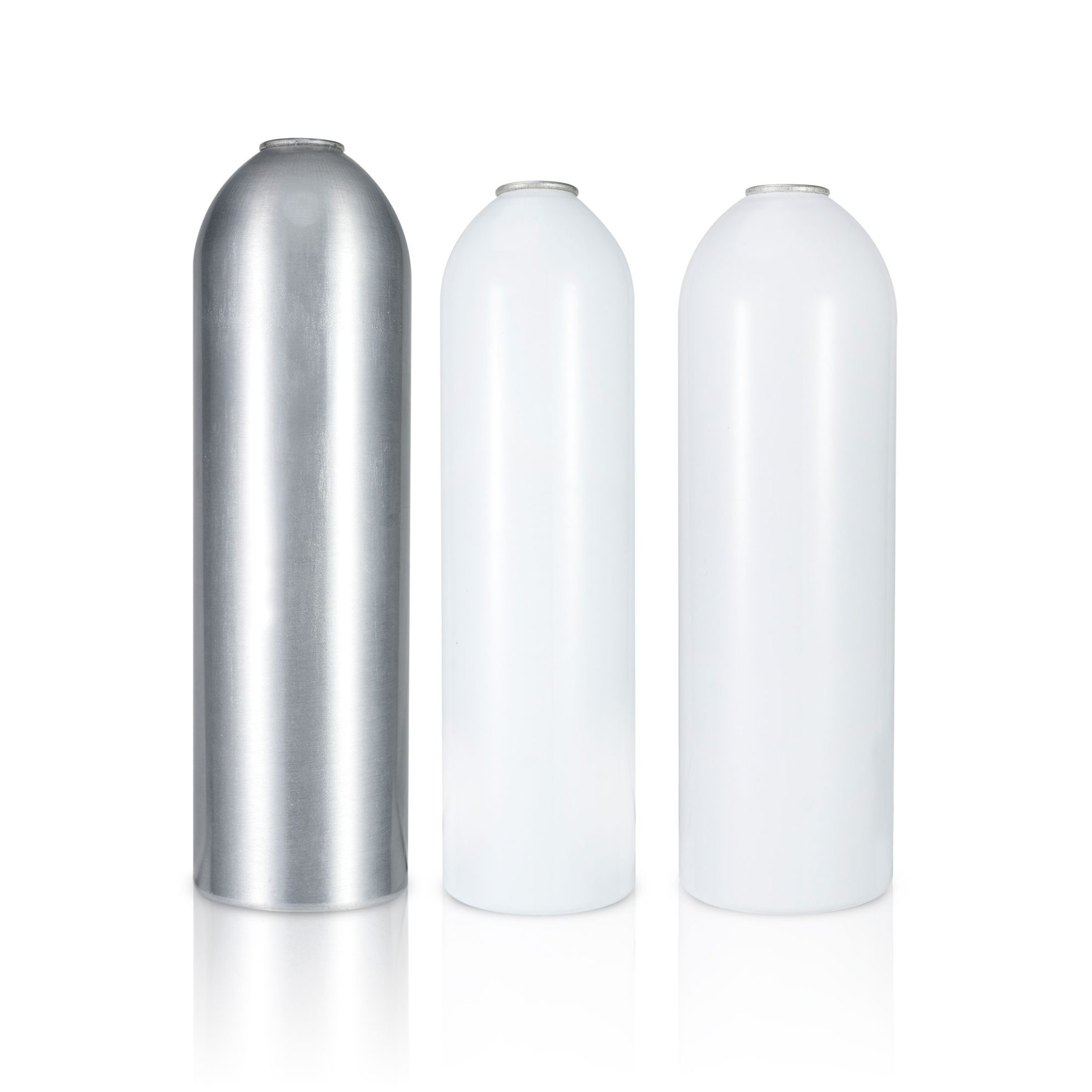In the premium alcoholic beverage market, packaging serves not only as a protective shell but also as a crucial element of brand image and consumer experience. In recent years, aluminum bottle packaging has gained increasing popularity in high-end spirits, champagne, craft beer, and other segments, gradually replacing traditional glass bottles. This trend is driven by multiple considerations and advantages.

Superior Physical Properties of Aluminum
As a lightweight metal, aluminum has revolutionized beverage packaging. Compared to traditional glass bottles, aluminum bottles are approximately 30-40% lighter, significantly reducing transportation costs and carbon emissions. Additionally, aluminum boasts excellent impact resistance, is less prone to breakage, and greatly enhances product safety during logistics, minimizing loss rates.
Aluminum’s thermal conductivity is outstanding—16 times that of glass—allowing aluminum-bottled beverages to reach the ideal drinking temperature more quickly, providing consumers with instant enjoyment. This feature is particularly valuable in outdoor activities and ready-to-drink scenarios.
Unparalleled Preservation Capabilities
For high-end alcoholic beverages, maintaining original flavors is paramount. Aluminum bottles completely block oxygen and ultraviolet light, both of which are culprits behind oxidation and quality deterioration. The impermeability of aluminum ensures product stability from bottling to consumption, which is especially critical for spirits like whiskey and cognac that require long-term storage.
In contrast, even dark glass bottles cannot fully prevent light penetration, while aluminum bottles provide a 100% light barrier, effectively avoiding chemical reactions and flavor degradation caused by light exposure.
Environmental and Sustainability Advantages
In an era of heightened environmental awareness, aluminum bottles demonstrate strong sustainability benefits. Aluminum is one of the most recycled materials on Earth, capable of infinite reuse without quality loss. The global recycling rate for aluminum packaging currently exceeds 70%, far surpassing that of glass and plastic.
The aluminum recycling process requires only 5% of the energy needed for primary aluminum production, drastically reducing its carbon footprint. Many premium brands adopt aluminum bottle packaging to meet consumers’ environmental demands and strengthen their brand’s social responsibility image. For instance, certain top champagne brands have begun releasing limited-edition aluminum bottles promoting a “zero-carbon champagne” concept.
Design Freedom and Brand Expression
Aluminum bottles offer brands unprecedented design flexibility. Through advanced metal stamping and printing technologies, complex three-dimensional textures, intricate patterns, and dazzling colors can be achieved on aluminum surfaces, creating unique visual and tactile experiences.
Many luxury alcohol brands leverage the malleability of aluminum to design iconic bottle shapes that become key elements of brand identity. The modern and high-tech feel of aluminum also helps traditional alcohol brands attract younger consumers and achieve brand rejuvenation.
Enhanced Consumer Experience
Aluminum bottles introduce a new level of drinking ritual. The “hiss” upon opening, the immediate coolness to the touch, and the ergonomic grip all add to the enjoyment. Some brands have developed resealable aluminum caps, allowing consumers to savor their drinks over time without worrying about quality deterioration.
In high-end consumption scenarios, the modern aesthetics and practicality of aluminum bottles perfectly combine visual appeal with functional convenience, becoming a key factor in elevating the overall consumer experience.
Market Success Stories
Global beverage giants are embracing the aluminum bottle trend. Diageo’s Johnnie Walker Blue Label whiskey has introduced premium aluminum bottles; France’s Grey Goose vodka has launched limited-edition aluminum bottle series; and Japan’s Suntory’s top-tier whiskey brand “Hibiki” also features special aluminum bottle packaging.
In the champagne sector, Perrier-Jouët’s 2019 “Aurora” limited edition marked the first use of a full aluminum bottle, sparking a collector’s frenzy. In the craft beer market, aluminum-bottled products are typically positioned as premium lines, priced 20-30% higher than their glass-bottled counterparts.
Conclusion
The rise of aluminum bottle packaging in the high-end alcoholic beverage market represents a perfect marriage of functionality and aesthetics, tradition and innovation, quality and sustainability. It not only addresses many pain points of traditional packaging but also creates differentiated expression space for brands. With advancements in material science and design craftsmanship, aluminum bottles are poised to become the new standard for premium beverage packaging, redefining the luxury alcohol consumption experience. In this era that values sustainability and sensory experiences, aluminum bottle packaging is writing a new chapter for the beverage industry.






